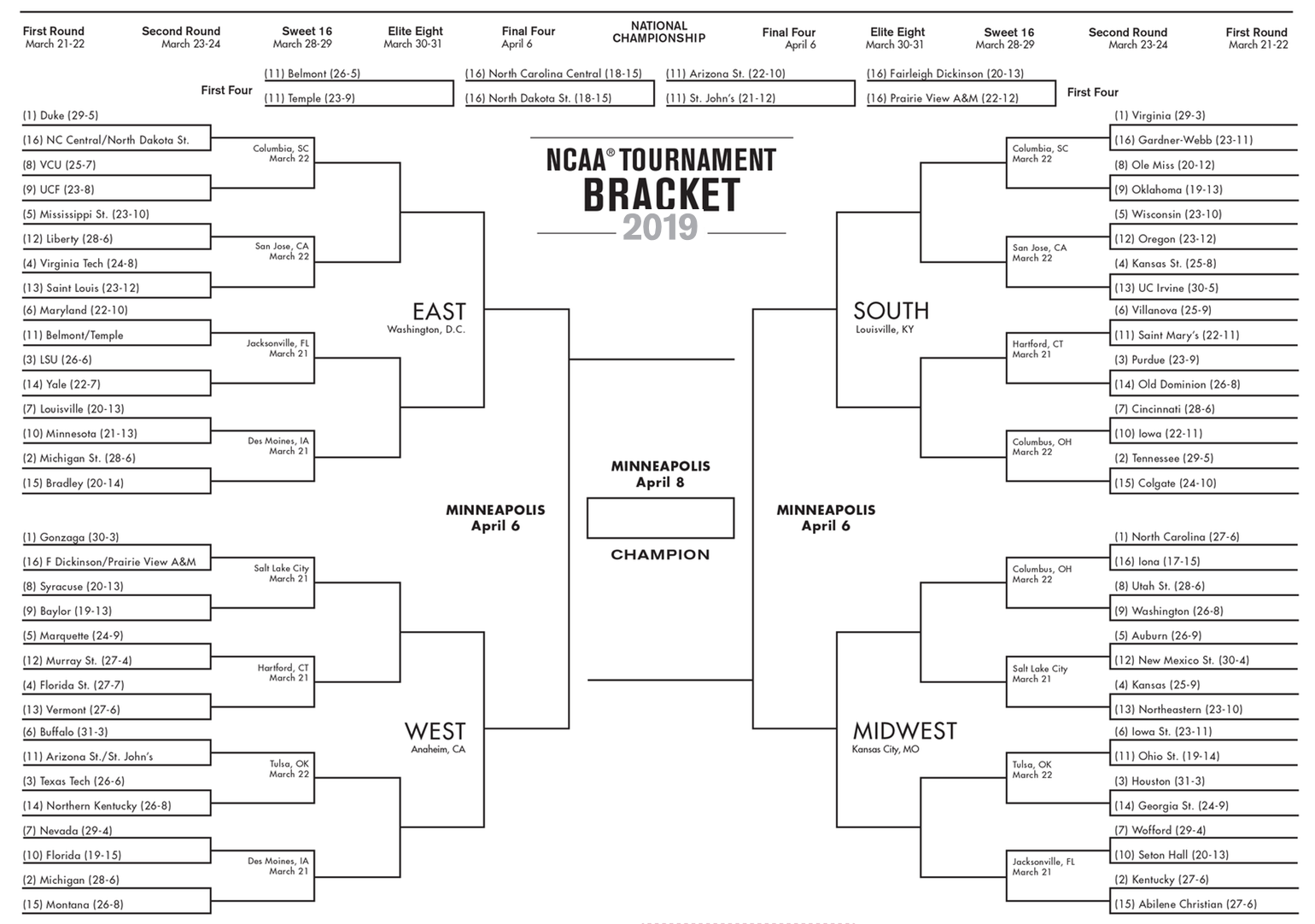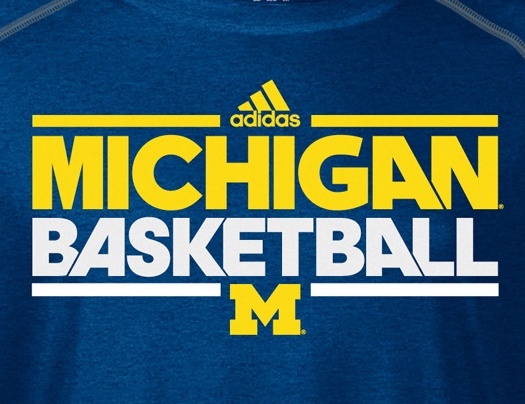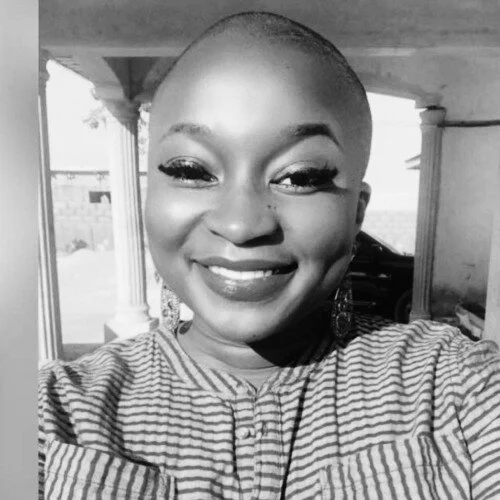Stop Saying That: Columbus Discovered America
/NOTE: “Stop Saying That” is a blog series written to make us think about phrases we say without giving them much thought. It is hoped that knowing the broader context behind these sayings will cause us to stop mindlessly repeating them.
Stop Saying That: Columbus Discovered America
The United States has a troublesome history with Christopher Columbus. It’s one that US-Americans need to understand more fully if we’re to live out our proclaimed ideals.
For a quick review, Columbus was born in the Republic of Genoa (in what is present-day Italy) in 1451. His name in his native Ligurian was Cristoffa Corombo, in Italian Cristoforo Colombo, and in Spanish Cristóbal Colón. This last translation is important because it was Spanish monarchs who funded his 1492 expedition that landed him and his three ships in the Western Hemisphere.
In search of trade riches, Columbus sailed west from Europe toward what he thought was Asia. Because he believed that the world was round, he was sure that if he sailed westward long enough, he would come around the other side of the globe to Asia. What he didn’t know was that there was another whole continent in between: the Americas!
The first reason, then, to stop saying that Columbus “discovered” America is that he actually blundered upon it. His little flotilla was looking for India, and the Americas simply got in the way.
The second reason to stop saying this is because the “discovery” was only something new to him. Millions of indigenous peoples lived up and down the continent, hunting, farming, and living whole and complete lives without needing to be discovered.
The final reason to stop celebrating Columbus is that he was a really terrible person. Historians know, based on Columbus’ own diaries, that he committed numerous atrocities on the local peoples of the Caribbean. Members of the Taino and Arawak tribes were victims of slavery, dismemberment, torture, and killing. Dogs were used to hunt down natives who tried to flee. Columbus’ soldiers used captives for sword practice.
L: C. Columbus, R: adult Taino male
Despite this history, Columbus’ legacy is widely represented throughout North and South America. Spanish-speaking countries use his name on their currency, and there are locations across the U.S. and beyond that bear his name. Columbus Day was made a national holiday in 1934 after lobbying by Italian Americans.
For native peoples across the Americas, however, the arrival of Columbus was the first of a long line of European colonizers bent on extracting riches from the land and exploiting indigenous peoples in the process. With that unromanticized understanding, there is a growing movement afoot to stop celebrating Columbus Day, currently observed on the second Monday of October.
While the holiday was once seen as a day to celebrate Italian immigrant pride, it is increasingly becoming associated both with the personal cruelty of Columbus and the wider European assault on and exploitation of native peoples across the continent. In that light, many are proposing the national holiday be changed to a celebration of indigenous peoples. We at FLYB believe that that is a change worth considering.









